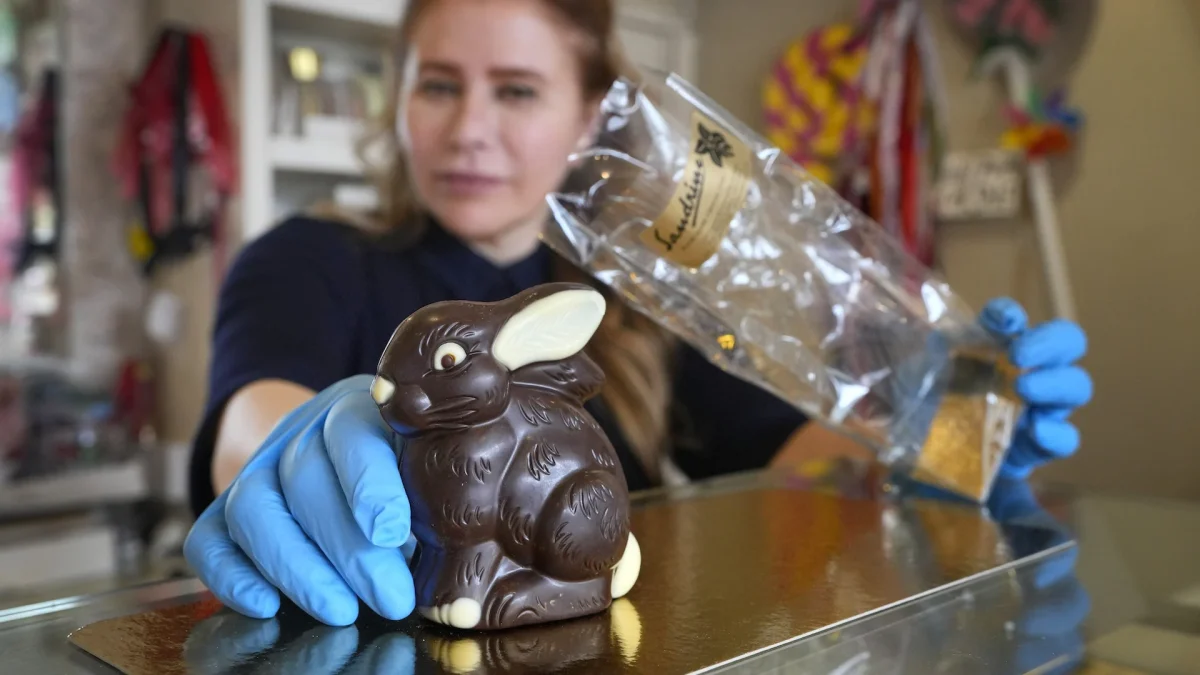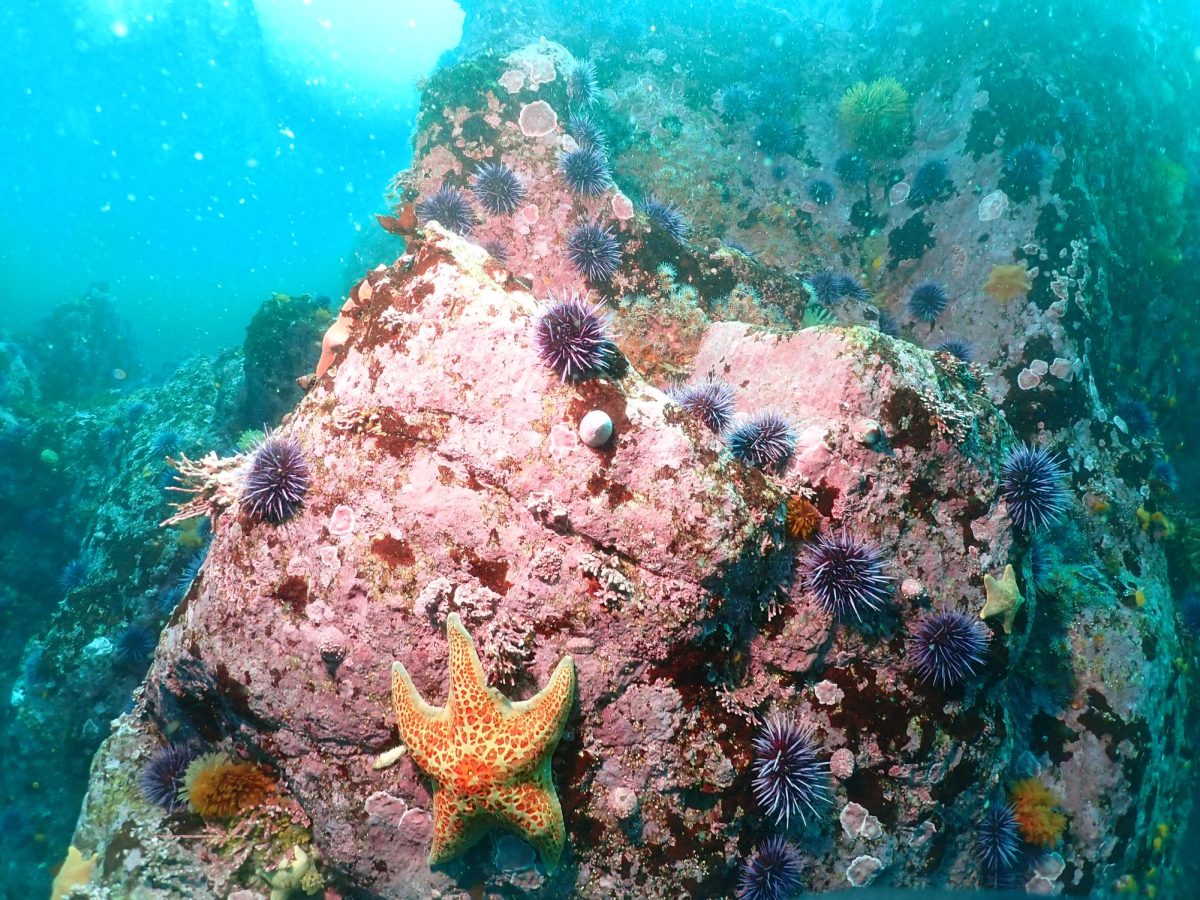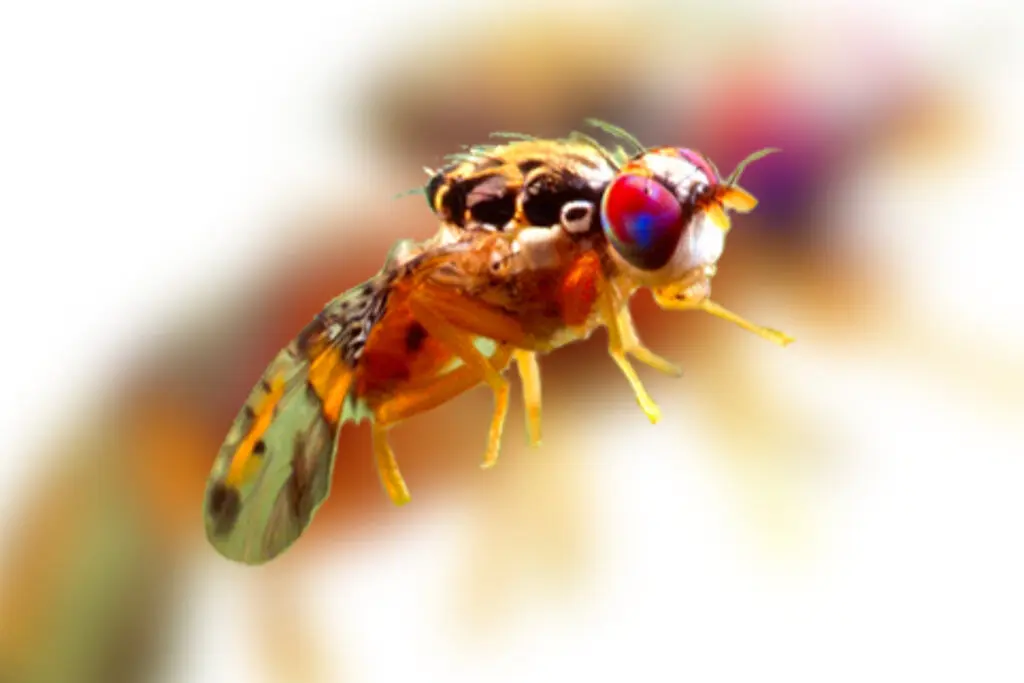The Bay Area has experienced a significant decline in marine life in recent years. Various factors have contributed to this including climate change, pollution, and habitat loss.
The 100-feet high kelp forests are home to over 1,000 marine animals, mostly sea otters and rare sunflower sea stars. Other animals that live in the forests include sea lions, various species of fish, and gray whales. The sunflower sea stars are dangerously close to going extinct, having lost over 5 billion individuals because their habitat is slowly being destroyed. Kelp serves not only as a habitat for these marine organisms, but also plays a crucial role in keeping predators away.
However, what was the reason for the decline of kelp forests? What factors contributed to their disappearance? While many thought this happened because of global warming and rising temperatures, evidence suggests that this is not the main cause. The population of purple sea urchins has experienced an increase in reproductive rates, resulting in excessive kelp consumption—in fact, more than 95% has disappeared.
The overpopulation of sea urchins has had a negative impact on marine ecosystems. This loss is increasing extinction rates for marine species that depend on kelp for shelter and protection.
To support marine life, numerous individuals volunteer their time and efforts to help the struggling sea. Among them are skilled scuba divers who search the bay for the invasive purple sea urchins, equipped with specialized tools to crush these creatures- and yes, they crush them! Over the past few years, there has been a reduction of purple sea urchins, which is the reason for the increased survival rates of various other marine species and the lush kelp forests.
One of our teachers here at Fallon helps with this cause! Ms. Clemens, an Integrated 1 Math Teacher, volunteers to save marine life and scuba dive for a few hours on the weekend. She expresses that it’s enjoyable and is happy that she is saving animals through her efforts.
“I volunteer scuba diving for an organization that has permission from the government to smash purple urchins in order to get their population under control so that the kelp can regrow. When the purple urchins eat all the kelp, they go into stasis, meaning they sort of become little zombies and are dormant until there is more food. Meanwhile, some organizations are trying to study the sea star wasting disease and regrowing sunflower stars so they can eventually be released into the ocean.”






















